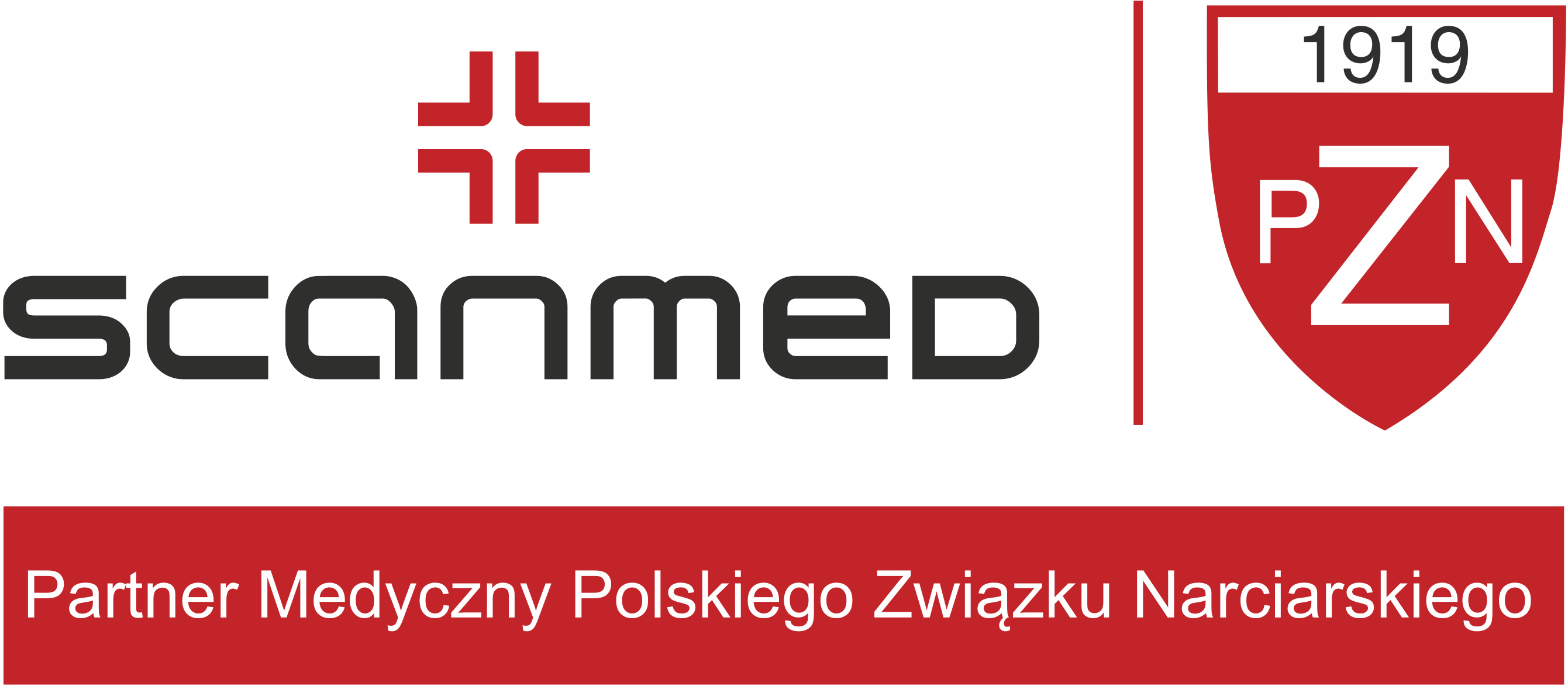The examinations are performed for a fee.
EMG (electromyography) is used for the diagnosis of muscle and peripheral nerve diseases. It helps identify the location, level of damage, and the nature of pathological changes in peripheral nerves and muscles.
The examination consists of two elements: electroneurography (ENG) (to measure nerve conduction) and proper electromyography (EMG) (to assess the electrical activity of muscles).
This is a routine examination and does not require special preparation. The examination takes 30 to 60 minutes and involves the use of flat surface electrodes attached to the skin in appropriate areas (ENG). EMG is performed using a thin, sterile, single-use needle electrode inserted through the skin into the examined muscle.





